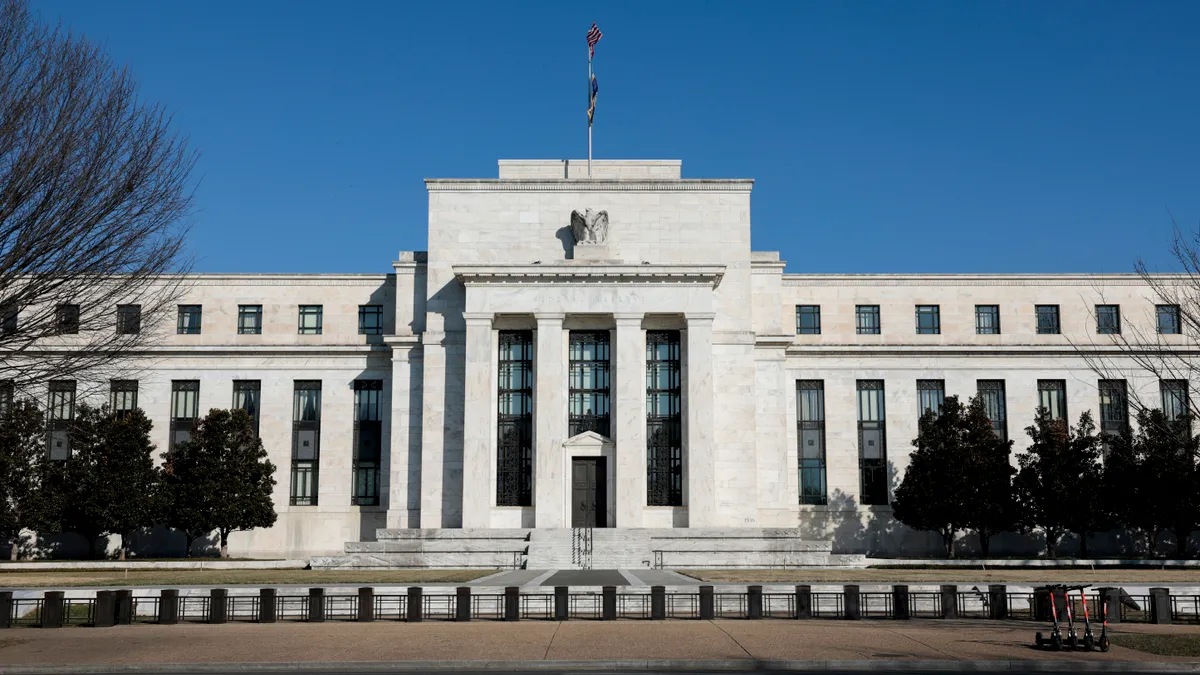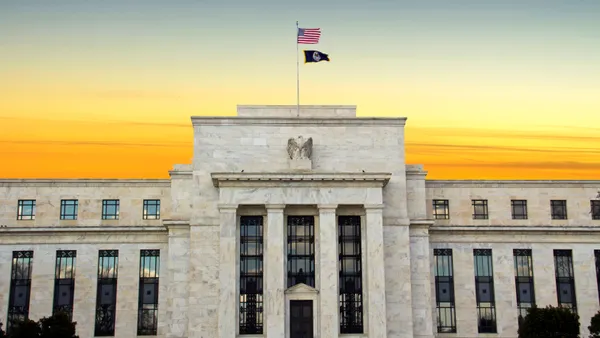The Federal Reserve, Federal Deposit Insurance Corp. and Office of the Comptroller of the Currency last week extended to Jan. 16 the comment period for the proposed rule mandating long-term debt requirements for additional large banks.
“The agencies extended the comment period to allow interested parties more time to analyze the issues and prepare their comments,” the regulators said in a joint statement issued Wednesday.
The deadline was originally Nov. 30.
The extension comes as the agencies face increasing criticism from the industry and lawmakers to lessen the severity of a slew of regulatory decisions taken following the banking turmoil that began in March.
The same regulators also extended until Jan. 16 the comment period related to a July proposal to revamp capital requirements for banks with $100 billion or more in assets. They have also launched an effort to collect more data from the banks affected by the capital-requirements proposal.
The rule would increase by 19% the amount of capital U.S.-based global systemically important banks would have to hold. Currently, only the G-SIBs must maintain long-term debt as part of their total loss absorbing capacity.
The long-term debt plan unveiled in August would require banks with more than $100 billion in assets to issue more long-term debt — a measure that would help to improve orderly resolutions of banks in case of a bank failure. The new proposal would require large banks to maintain a minimum amount of eligible long-term debt equal to 3.5% of average total assets or 6% of risk weighted assets, whichever is greater.
Banks would have three years to comply with the final rule after its adoption, according to the FDIC.
The agencies are trying to address the underlying systemic vulnerabilities highlighted during the collapse of Silicon Valley Bank, Signature Bank and First Republic Bank in March and May. FDIC Chair Martin Gruenberg previewed the stricter regulations for large banks in August and noted that the bank failures highlighted the need to exercise a systemic risk exception to protect uninsured depositors.
“It makes a compelling case for action by the federal bank regulatory agencies to address the underlying vulnerabilities that made the failure of these institutions possible,” Gruenberg said.
However, banking trade groups have asked the Fed and other regulators to re-propose their updates on capital requirements with calculations.
“The proposed rule repeatedly relies on data and analyses that the agencies have not made available to the public,” the Bank Policy Institute and others wrote in a letter to the Fed, the OCC and the FDIC in September. “This reliance on non-public information violates clear requirements under the Administrative Procedure Act.”
Fed Gov. Michelle Bowman has long raised her voice against the proposed regulatory capital requirement changes, stating capital alone cannot substitute for sound risk management and supervision, while most improvements are possible without overhauling frameworks.
“In my view, regulatory reform can pose significant financial stability risks, particularly if those changes to regulation fail to take sufficient account of the incentive effects and potential consequences,” Bowman said last month.













